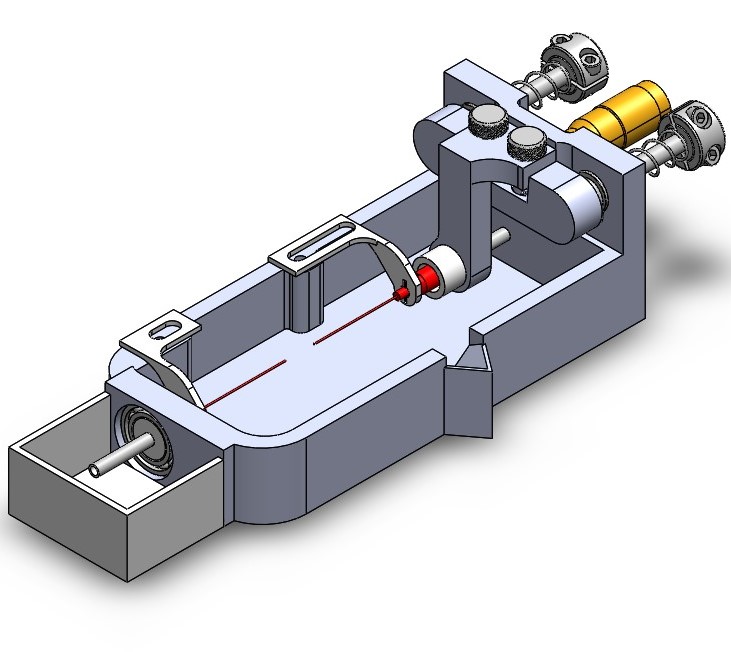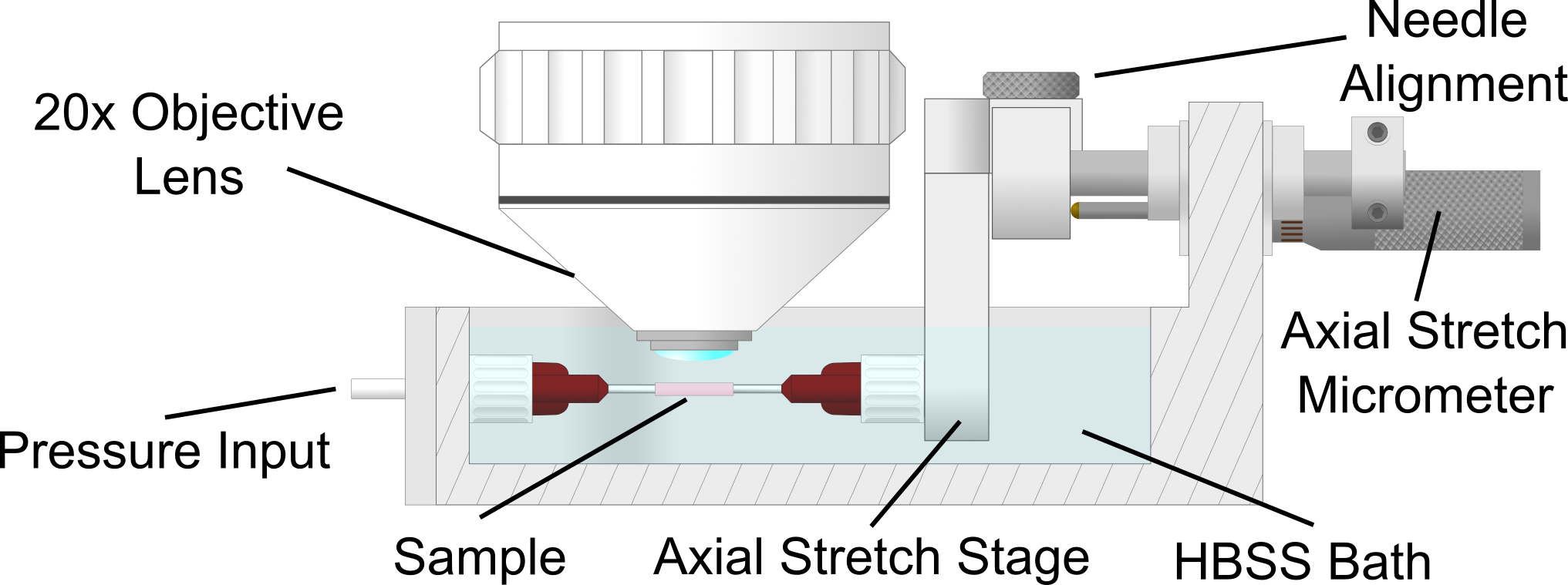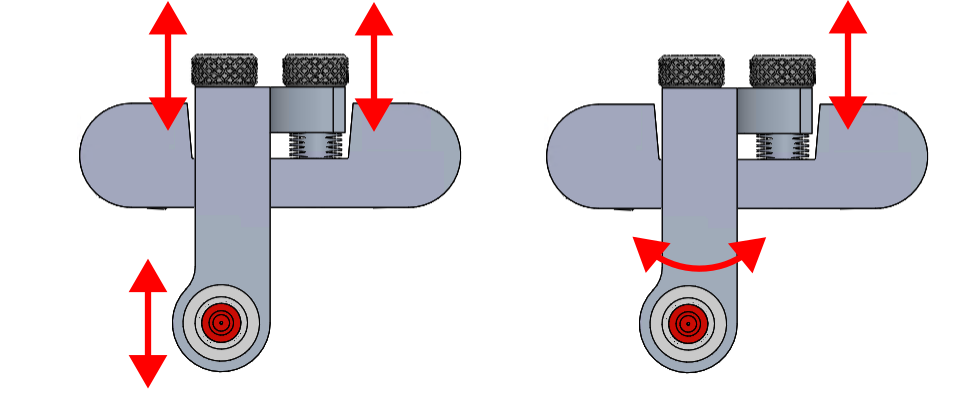Aorta multiphoton imaging fixture

Objective and outcomes
The objective of this design was to create a fixture capable of generating physiologically relevant axial stretch and radial pressure in a cannulated sample of a murine thoracic aorta during two-photon microscopy imaging. The fixture enables imaging of the cell nuclei and extracellular matrix of the blood vessel walls under loading conditions close to those experienced in the murine body. The system was used by my colleague Ana Vargas to examine microstructure changes in the cardiovascular extracellular matrix during and after pregnancy.
This system enabled the collection of first-of-its-kind data showing how the maternal cardiovascular system adapts to changing loads during pregnancy. Data collected using this test system was published in the ASME Journal of Biomechanical engineering. This project highlights my ability to design and manufacture equipment with complex, scientifically driven constraints .

System overview
System requirements
- The fixture fits within size constraints of the two-photon microscope
- The sample must remain submerged in Saline during imaging
- The fixture must be capable of 3DOF sample manipulation (axial stretch, radial pressure, and rotation for imaging the dorsal and ventral aorta wall)
- The cannula must remain aligned during testing to prevent generation of shear or torsion

Needle alignment fine control
Key features
- Axial extension is achieved by mounting one needle on a spring loaded stage controlled by a vernier caliper. The vessel is pressurized through the needles via a pressure-controlled syringe pump.
- Alignment was achieved using a two-screw adjustment system on a cantilever arm. Adjusting both screws simultaneously changes the vertical needle position while moving one screw relative to the other changes the angle of the arm, enabling horizontal adjust.
- Luer locks are mounted to sealed bearings to facilitate sample rotation. The bearing housings are designed for ease of replacement as the bearings rust in the saline solution.
- All parts were machined out of aluminum due to the risk of autoflourescence in polymers and painted to prevent laser scatter hazards.
